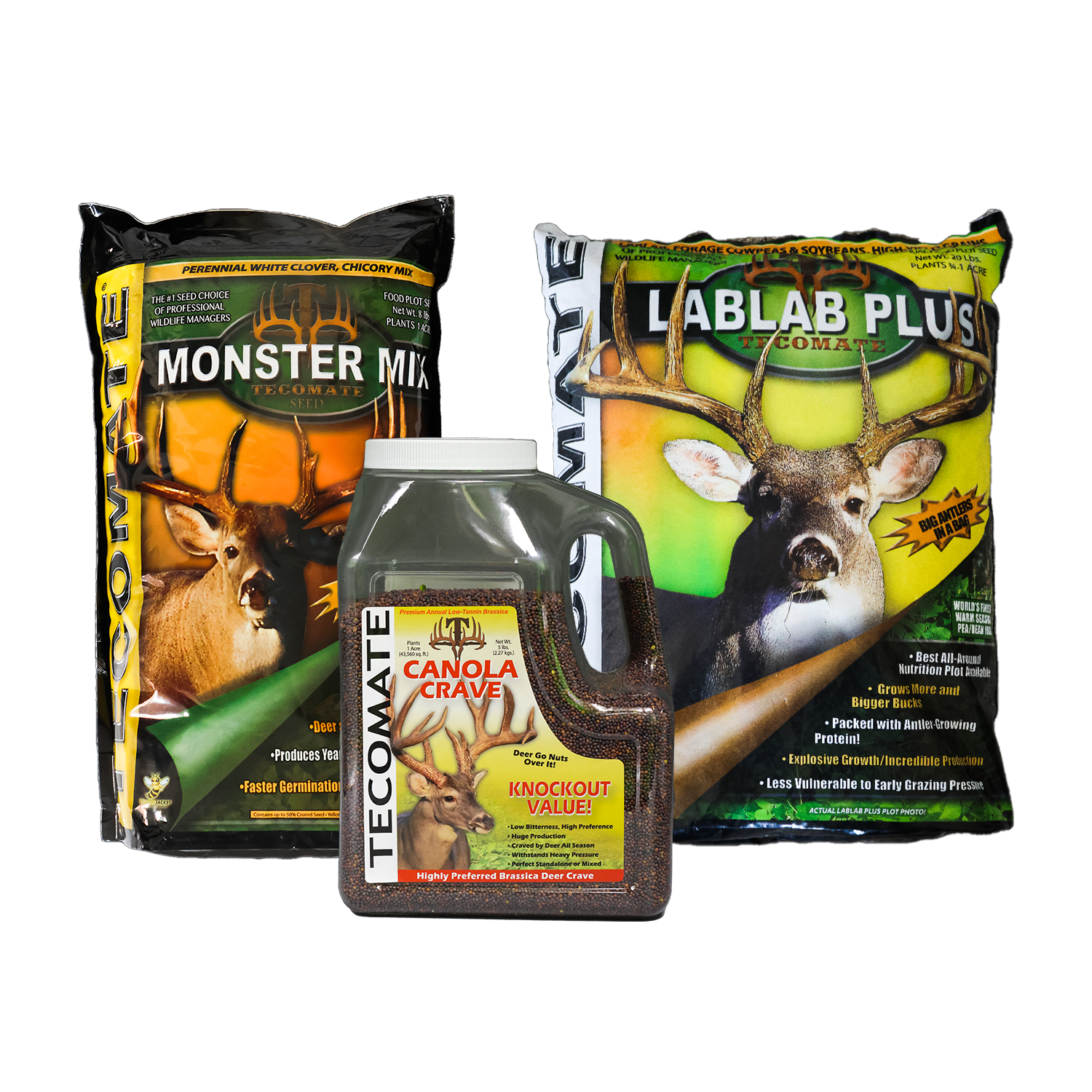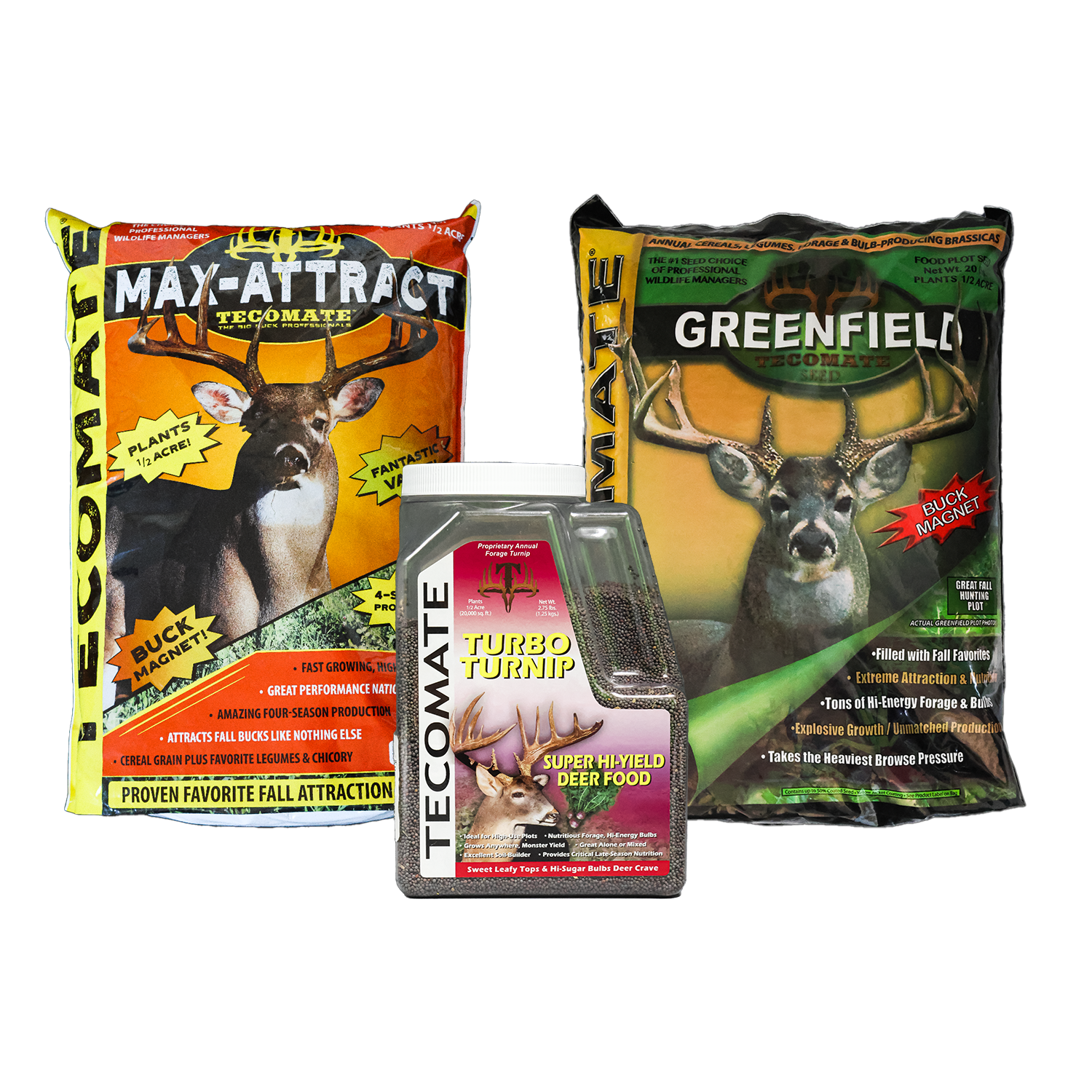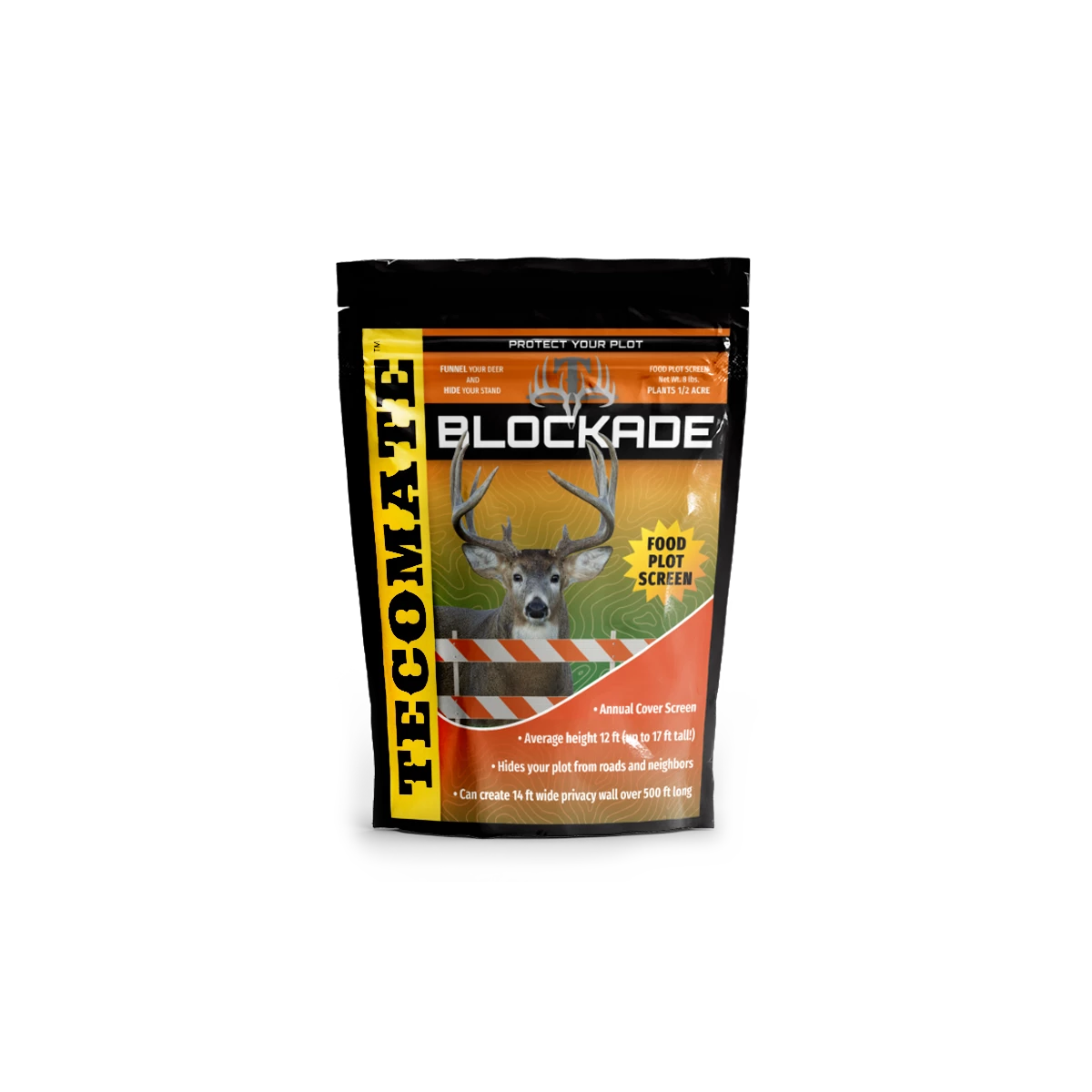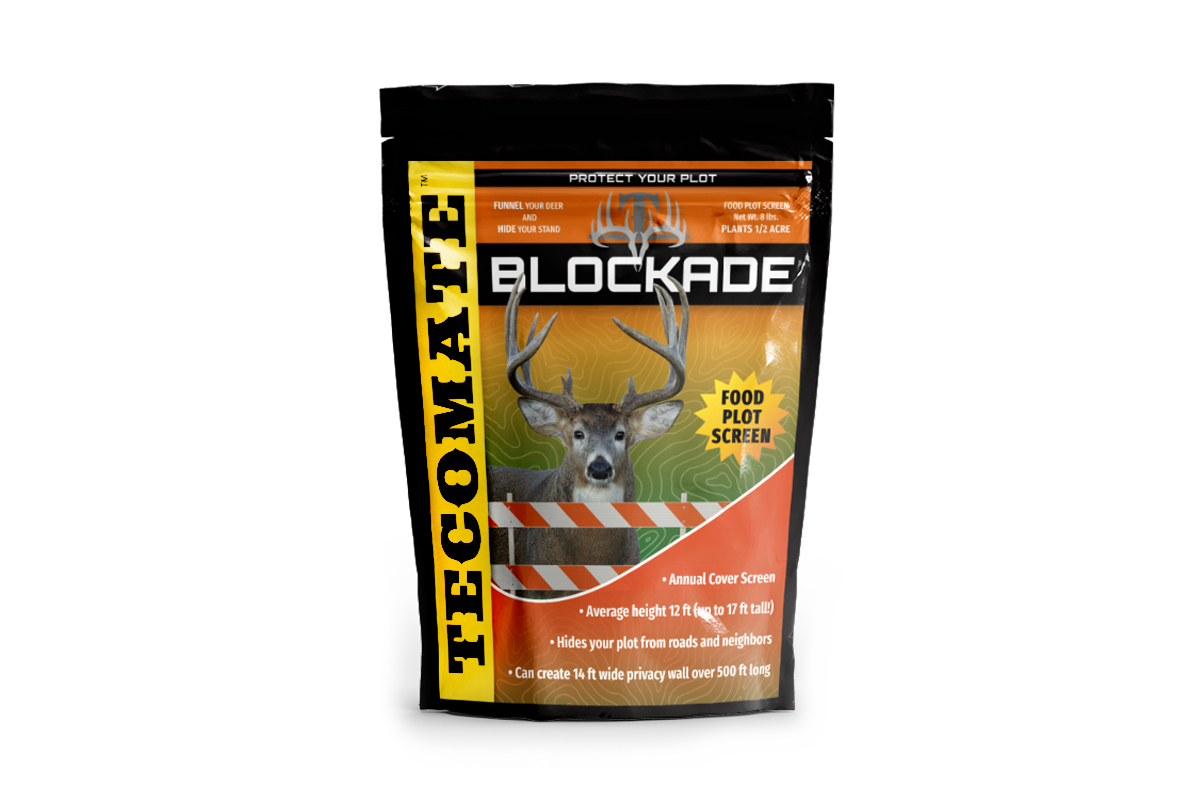Solving the Buck Movement Mystery - Part III
 Buck Movements and a New High Fence
Buck Movements and a New High Fence
Midway through my Ph.D. research, the landowner replaced several miles of perimeter low fence with a brand new 8-foot high fence. This new high fence was on the eastern and southern boundaries of my study area. Therefore, several bucks we were tracking had established home ranges that included both sides of this property boundary. When the new high fence was constructed, we had a very unique opportunity to measure how this new fence would affect buck movements.
Surprisingly, we learned that 8-foot fences are much less “deer proof” than most people realize. Nearly every buck we monitored that had been using both sides of the boundary before the high fence was constructed, continued to be located on both sides of this boundary after the completion of the high fence! In fact, a couple of bucks were so adept at crossing this 8-foot barrier, we never knew which side of the fence they would be found.
I am sure that some of this back and forth movement was through wash outs that appeared after every rain. Bucks were frequently seen traveling the new fence, which would allow them to encounter new wash outs shortly after they occurred. However, for bucks to be able to cross this high fence as frequently as they did, they must have also been crossing over the top of the high fence.
This eye-opening experience clearly shows that 8-foot-tall fences will not eliminate deer movements across the boundary, but instead only provide a deterrent to these movements. No doubt this is especially true when a high fence is first constructed.
Mature Buck Movements Relative to Feeders
A second buck movement study completed by Dr. Stephen Webb on the 85,000-acre Callaghan Ranch. During the years 2002 through 2004, we captured 48 different mature bucks and attached radio-transmitting collars to each. I aged each buck at the time of capture based on tooth wear. All of the bucks that were collared were at least four years old. Webb then used standard telemetry techniques to track the movements of these bucks weekly on a year-round basis for two years.
Several lease hunters on the Callaghan Ranch provided supplemental protein pellets to the deer herd on a year-round basis. Each of these permanent feeder sites was fenced with hog panels to exclude cattle, feral hogs, and javelina. The average density of feeder sites on the pastures where supplemental feed was provided was one feeder per 150 acres. However, on some other pastures of the ranch supplemental feed was not provided and no permanent feeder sites existed. This allowed Webb to compare average home range and core area size among collared bucks with permanent feeder sites within their home range to collared bucks that did not have feeders within their home range.
Surprisingly, Webb found that the average home range size was larger for the bucks that had permanent feeder sites within their home range. These 17 “fed” bucks had annual home ranges that averaged 636 acres. Fourteen additional collared bucks did not have protein feeders within their home ranges. The average home range size for these “non-fed” bucks was only 380 acres, an amount 40 percent smaller than the home range size for the “fed” bucks.
Why did “fed” bucks have larger home ranges? This is the opposite of what one would expect. In fact, common sense would suggest bucks without access to supplemental feed would have to range farther to meet their daily nutritional needs, resulting in larger home ranges. Webb concluded the bucks with protein feeders within their home ranges may have expanded their original home range in order to include a protein feeder.
The home range sizes for all of the mature bucks in Webb’s study averaged 512 acres during year one and 558 acres during year two. These averages were only half the size of the home ranges of mature and old bucks during my Ph.D. study, which averaged 1,366 acres and 1,055 acres. The Faith Ranch, where my study took place, did not have any permanent protein feeders at the time of my study.
In addition, during the two years of Webb’s study the Callaghan Ranch received above normal rainfall (25.7 to 27.2 inches). The above normal rainfall no doubt resulted in improved forage conditions for the deer herd and less need to access protein feeders. Regardless, Webb concluded that protein feeders, at the relatively high densities that existed, had little effect on buck movements. If feeder density were lower, or if the study had taken place during a drought, results may have been much different.
Mature Buck Movements Relative to Water
During the time of Webb’s study, earthen stock ponds and concrete water troughs were scattered throughout the Callaghan Ranch. Both of these sources combined, resulted in a permanent water source for every 205 acres. In order to measure the effects of permanent water on mature buck movements, he compared the density of permanent water sources within the home ranges of 38 collared bucks to the density of water sources outside these home ranges.
Surprisingly, he found that mature buck home ranges had 5 to 34 percent fewer earthen stock tanks than did areas of the ranch outside of these home ranges. With regard to concrete troughs, he found that buck home ranges had 17 to 62 percent fewer troughs than did areas outside of the home ranges. In addition, during 2003, 25 percent of collared bucks had no permanent water source at all within their mapped home ranges. During 2004, 50 percent of collared bucks had no permanent water source. He also found that the average home range size was larger for collared bucks with permanent water sources within their home range.
Finally, he placed trail cameras at select locations near permanent water sources to further document deer use, or lack of use. During two successive summers not a single tagged buck was photographed accessing the permanent water sources. In addition to the 48 bucks with radio collars, we had captured and ear tagged more than 100 additional bucks. Therefore, of around 150 tagged or collared bucks present on the ranch, none were ever photographed during summer accessing the permanent water sources!
Why would bucks with permanent water available within their home range have larger home ranges? And why did mature buck home ranges include fewer water sources than areas outside of these home ranges? Once again, common sense would suggest bucks without access to permanent water would have to range farther to meet their daily water intake needs, resulting in larger home ranges. Webb suggested the bucks with water sources within their home ranges might have expanded their original home range in order to include these water sources.
As mentioned earlier, the ranch received above normal rainfall both years of his study. It is therefore likely that other environmental factors had more influence on mature buck movements and home range size than did the availability of water. In addition, these rains likely resulted in alternative water sources that were not monitored, such as deeper areas of creeks for example. He concluded that one permanent water source per 1,000 acres was likely sufficient for mature bucks.
Interestingly, the results indicate earthen tanks were more preferred as water sources than concrete troughs. This is likely because troughs are often placed in areas that mature bucks would otherwise avoid, such as along roads, near areas of high human activity, such as ranch headquarters, and where cattle concentrate such as water traps. Earthen tanks on the other hand, are located in drainages where security cover is often more readily available and where higher quality soils result in better forage conditions.
Join us next week to read the last installment of this four-part series on solving the buck movement mystery.
Posted by Dr. Mickey W. Hellickson
Photo by Hardy Jackson











Leave a comment